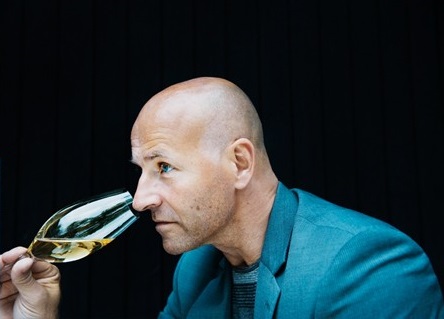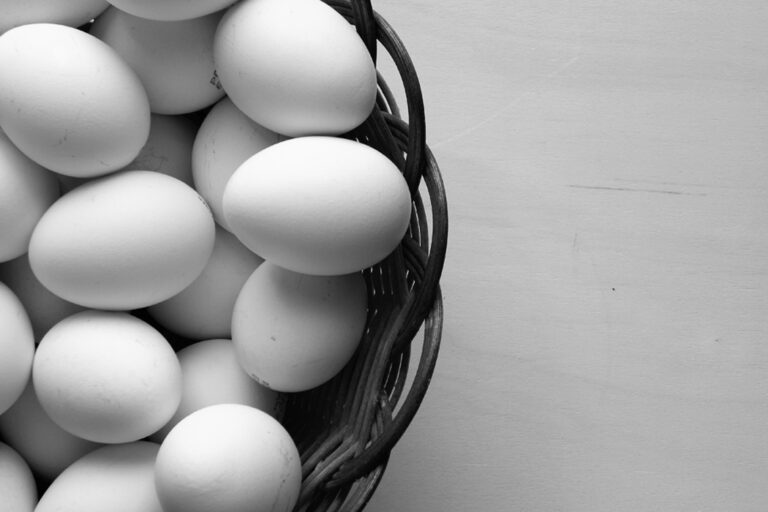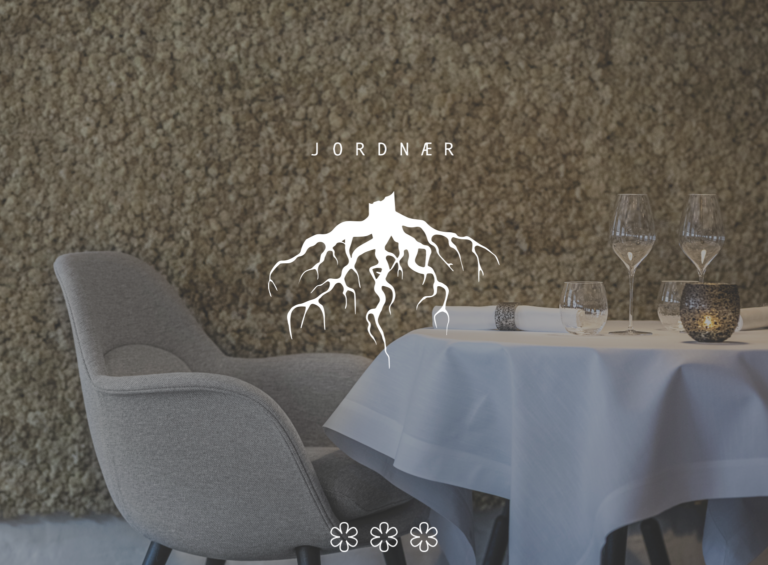If I start with a little information about what a non-vintage champagne really is, we can state that it is almost always the company’s simplest and cheapest champagne that accounts for an average of 80% of the production volume. It can come from small growers or champagne houses.
It is always vintage-free because it consists of a blend of several vintages and should be easy to drink when consumed directly and always reflect the house style. During a series of weak vintages, the quality of growers’ non-vintage champagnes drops most in most cases, while the larger producers, who have a large amount of reserve wines available, can maintain a relatively constant level.

NON-VINTAGE CHAMPAGNE FROM THE HOUSES
If we focus on the large houses’ non-vintage champagnes, which are the champagne world’s most important product, we see that the grape selection almost always includes the lesser quality grapes that the house has access to and that the proportion of wine from other pressing is often significant. The proportion of pinot meunier grapes is also usually higher in the non-vintage champagne, partly because the quality is lower, partly because the grapes ripen faster and the non-vintage champagne is usually sold intended for early consumption.

However, almost all non-vintage champagnes benefit from a few years of storage after disgorging. Bottle maturation generally gives the wine soft, pleasant aromas of toast and honey and grinds away the slightly coarser, crunchy acids from the champagne’s youth. If the cork is straight, you have been lucky enough to come across a bottle-mature non-vintage champagne.
Subscribe for 5.9€ a month for full access to the Tasting Library, exclusive articles, videos events and more





